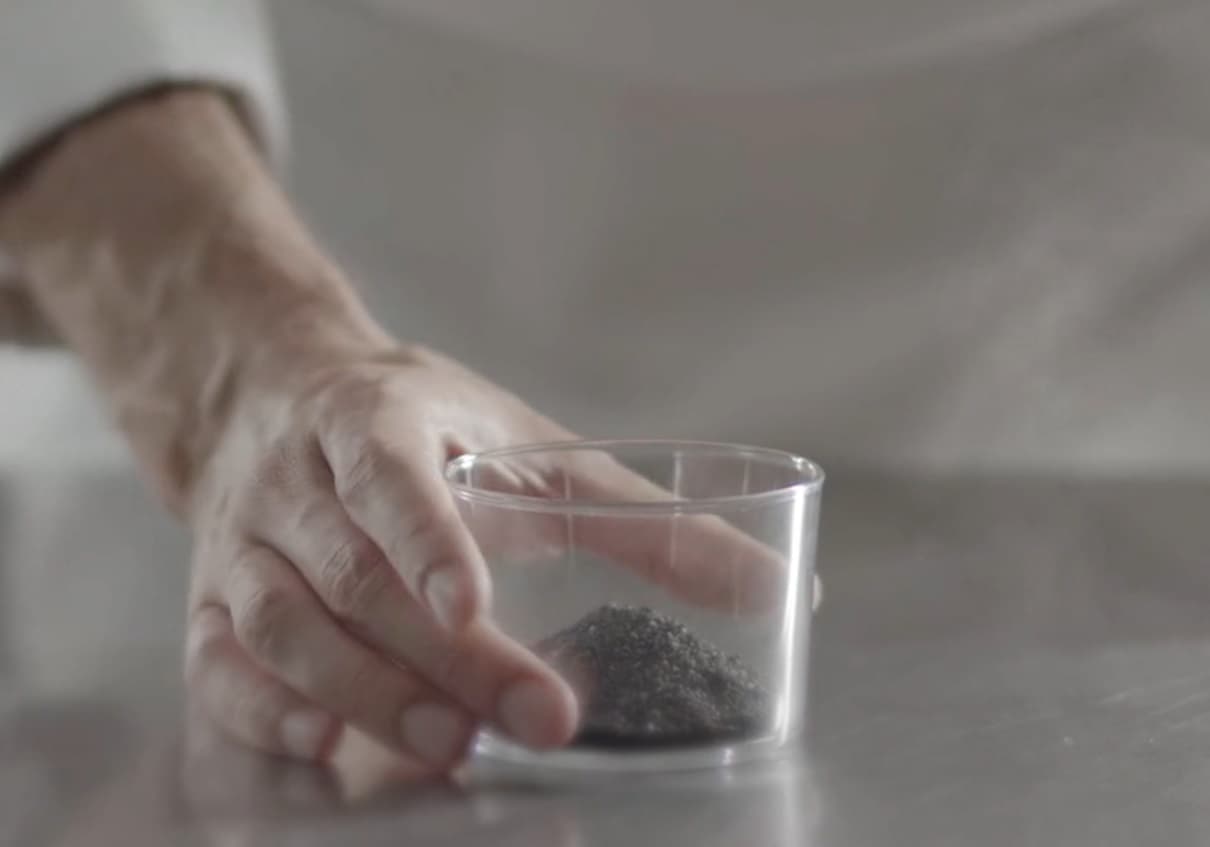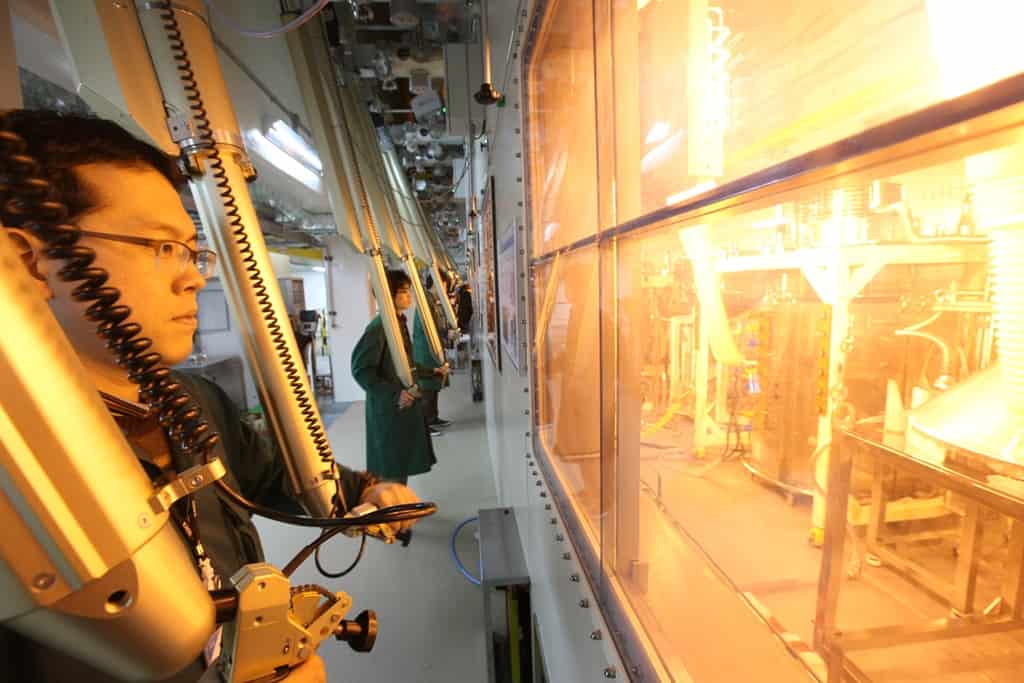
Researchers from the Swiss University EPFL have built a footbridge prototype using reinforced-concrete blocks from walls of a building being renovated. The blocks were cut into individual pieces on site and assembled into a prestressed arch. This project, which marks the first time concrete has been reused in this way, is part of an initiative to substantially shrink the construction industry’s carbon footprint by adopting a circular economy approach. The footbridge will be inaugurated at a ceremony at the Smart Living Lab in Fribourg on 11 October. (Read full press release here.)
“People are hesitant to reuse concrete due to a variety of concerns,” says Corentin Fivet, a tenure-track assistant professor at EPFL and head of the Structural Exploration Lab (SXL) within the Smart Living Lab. “But we wanted to show that those concerns are largely unfounded. Blocks of concrete that are selected for reuse are just as reliable and useful as new blocks.”
Fivet has been studying potential applications of the circular economy in the construction industry for years. His team at SXL, which is part of EPFL’s School of Architecture, Civil and Environmental Engineering (ENAC), initially looked at metal and now also turns its attention to concrete. This project in particular involved building a 10m-wide footbridge out of 25 blocks of concrete taken from walls destined to be torn down. The project engineers have now finished load-testing the new structure, meaning it’s ready for the inauguration ceremony at the Smart Living Lab’s Halle Bleue on 11 October.
Jan Brütting, a recent PhD graduate from SXL who initiated this project, conducted this research as part of his postdoc along with fellow EPFL postdoc Maléna Bastien Masse. For concrete to be reused effectively, new design methods are needed that are based on exploiting existing concrete sections, rather than the conventional approach of pouring fresh concrete in line with each project’s specifications. The catch is that the properties of existing sections can vary and are not always known ahead of time. To help engineers employ these new methods, SXL recently developed a computer program that automates the process of selecting reclaimed elements from a given stock and minimizes a new structure’s carbon footprint.
Practical applications
In practice, builders are often reluctant to reuse concrete due to the perceived additional risk. But the SXL team believes there are only benefits to be had. That’s where their project of building a footbridge prototype comes in: to demonstrate, quickly and efficiently, that the procedure is safe and relevant. “We gave ourselves two months to find a source building in the region and a demolition company that would be interested in working with us,” says Bastien Masse. That company turned out to be Diamcoupe, which had been commissioned to renovate a building erected less than 10 years ago; this renovation site was the perfect opportunity to source viable blocks of concrete. “We asked Diamcoupe to cut the concrete into the sizes we needed and to drill holes through them for our prestressing cables. These cables were provided by Freyssinet and used to build the arch,” she adds.
The engineers were thus able to obtain 20cm-thick concrete blocks for the footbridge. They added mortar in places to smooth out the slight differences in dimensions, which are inevitable anytime objects are reused. “Arches are actually the ideal structure for repurposing concrete blocks, since the material is only subject to compression forces,” says Brütting.
Selected for you!
Innovation Origins is the European platform for innovation news. In addition to the many reports from our own editors in 15 European countries, we select the most important press releases from reliable sources. This way you can stay up to date on what is happening in the world of innovation. Are you or do you know an organization that should not be missing from our list of selected sources? Then report to our editorial team.






